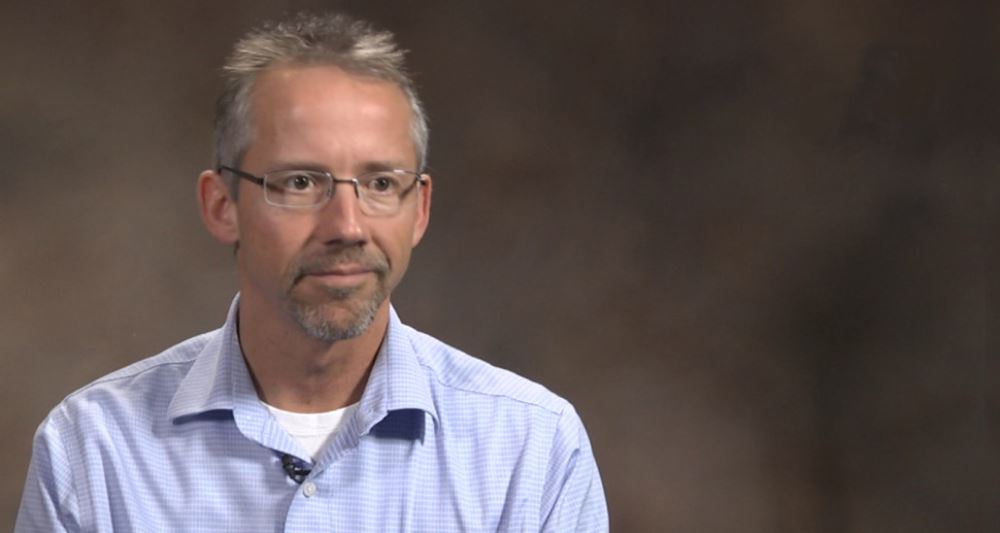
Optimize end-to-end visibility
A successful life sciences planning solution must offer full end-to-end visibility across the entire supply chain within the company itself, while also involving suppliers, contract manufacturers (CMOs), third-party logistics, and other partners.
Although getting global supply chains to run smoothly is challenging in every industry, it can be even more complicated in life sciences. Getting interconnected production sites worldwide aligned, with the combination of in-house production and contract manufacturing, and the need for dual sourcing strategies, calls for advanced cross-enterprise collaboration both within and far beyond the company walls.

Integration as the key to visibility
OMP for Life Sciences uses Unison Planning™ to build a digital twin of your entire extended supply chain ecosystem. Its ‘one model, one plan’ logic provides an integrated platform allowing every stakeholder to act and react to real-time information and harmonize planning decisions with all the players involved.
Seamlessly integrating every planning horizon, function, and role means that planning is optimized from production, detailed scheduling, sales & operations, to the strategy. It offers a global and facility-specific perspective on internal and external production, packaging, and distribution, considering all the inherent interdependencies and underlying constraints, such as shelf life and regulatory approvals. Thanks to the integrated platform, every stakeholder in the value chain has access to reliable, objective, and real-time planning data.
Perfect visibility
Global E2E visibility not only gives decision makers full control over the entire supply chain ecosystem, but also represents the perfect tool to manage and coordinate every aspect. With its integrated logic, OMP for Life Sciences eliminates disconnects between planning horizons, allowing optimization at a global level, and avoiding the risks inherent in making decisions with only partial supply chain visibility.
The system’s real-life integration, in combination with advanced embedded intelligence, puts you in the driver’s seat. Always knowing what’s happening right now allows you to react faster and more accurately. The AI backbone triggers you to make the smartest possible decisions, and propagates its impact through every planning level, making any change instantly visible to everyone involved. As a bonus, the flexibility of the underlying architecture supports an endless array of supply chain types and strategies, from traditional mass pharma to more specialized scenarios such as personalized therapies.

Related content
What our customers say

“They delivered us a solution that we're very happy with. That delivered exactly what we needed.”
Dean Bergman, IT Director at Avanos Medical
“An optimal supply chain is critical to making sure people, living with severe diseases, obtain their medicines on time. OMP offered the quality and robustness in the planning process we were aiming for. Manual activities from multiple sources are now automated within our new planning system of record. One common integrated process is now applied. This gives better control, greater visibility and a higher level of maturity, resulting in agile supply chains."
Nathalie Loicq, Vice President Global Supply Chain at UCB
“Building our end-to-end planning capabilities on OMP allows us to integrate planning — horizontally, across supply chain, commercial, manufacturing and finance departments, and vertically from the reactive to the strategic horizon. With this, we can take advantage of digital modeling and scenario planning capabilities, and respond quickly to changing business environments, such as we have seen during the pandemic this year.”
Steffen Heinecke, Project Lead for Global Supply Chain at Roche






